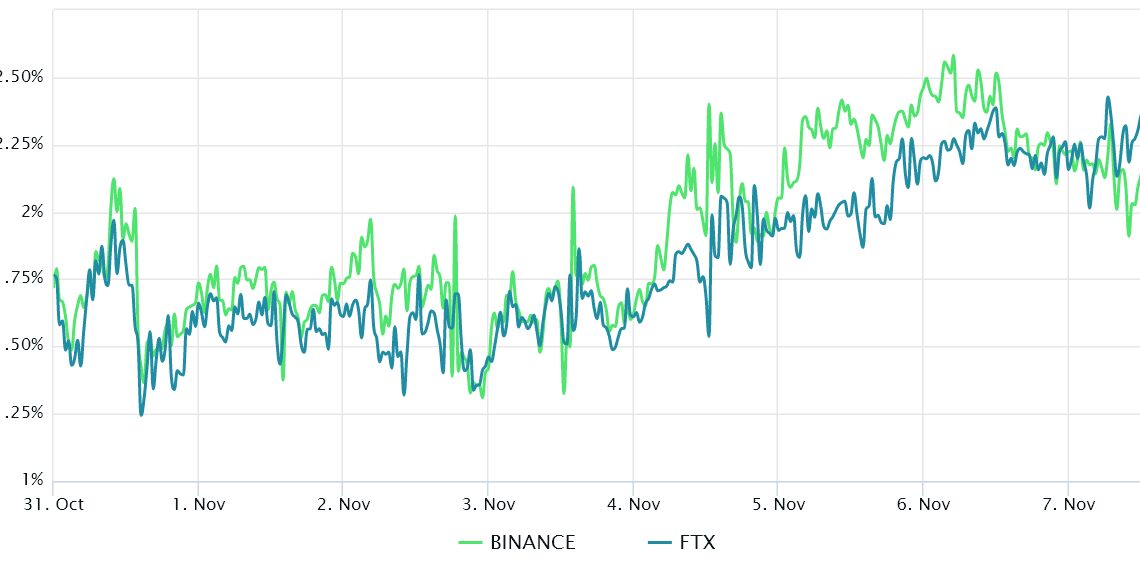147 days have passed since Bitcoin (BTC) closed above $25,000, and the result is that investors are less sure that the $20,000 support will hold. Backing these concerns are persistent global financial and macroeconomic tensions, which escalated on Nov. 7 after European Union officials expressed concerns over the $369 billion U.S. Inflation Reduction Act.
The extended tax, health and climate bill was approved in August and it also includes subsidies for electric cars and battery supply chains that are made in North America.
According to CNBC, this is not the first time that Europe has expressed its concerns, citing international trade rules and “discriminatory” policies.
There’s additional uncertainty coming from the Nov. 8, U.S. midterm elections which will determine which party controls Congress. Currently, Democrats have a majority in the Lower House, but a change in this status could ease President Biden’s future spending plans.
In other news, Apple announced a temporary reduction in iPhone 14 production due to Covid-19 restrictions in China. To put things in perspective, Apple’s $2.2 trillion market capitalization has surpassed the sum of Alphabet (Google) and Amazon.
Let’s look at Bitcoin derivatives data to understand if the worsening global macroeconomic conditions have impacted crypto investors.
Pro traders were not excited by the rally above $21,000
Retail traders usually avoid quarterly futures due to their price difference from spot markets. Still, they are professional traders’ preferred instruments because they prevent the fluctuation of funding rates that often occurs in a perpetual futures contract.
The three-month futures annualized premium should trade at +4% to +8% in healthy markets to cover costs and associated risks. The chart above shows that derivatives traders have been neutral to bearish for the past week as the Bitcoin futures premium remained below 2.5% the entire time.
More importantly, the metric did not improve after BTC rallied 7% between Nov. 3 and Nov. 5 to test the $21,500 resistance. That price level was the highest since Sept. 13, so the data reflects professional traders’ unwillingness to add leveraged long (bull) positions.
Related: Crypto no more in top 10 most-cited potential risks: US central bank report
Margin markets show bulls’ resilience
Traders should also analyze the margin trading markets to understand how professional traders are positioned. Margin trading…
Click Here to Read the Full Original Article at Cointelegraph.com News…
























